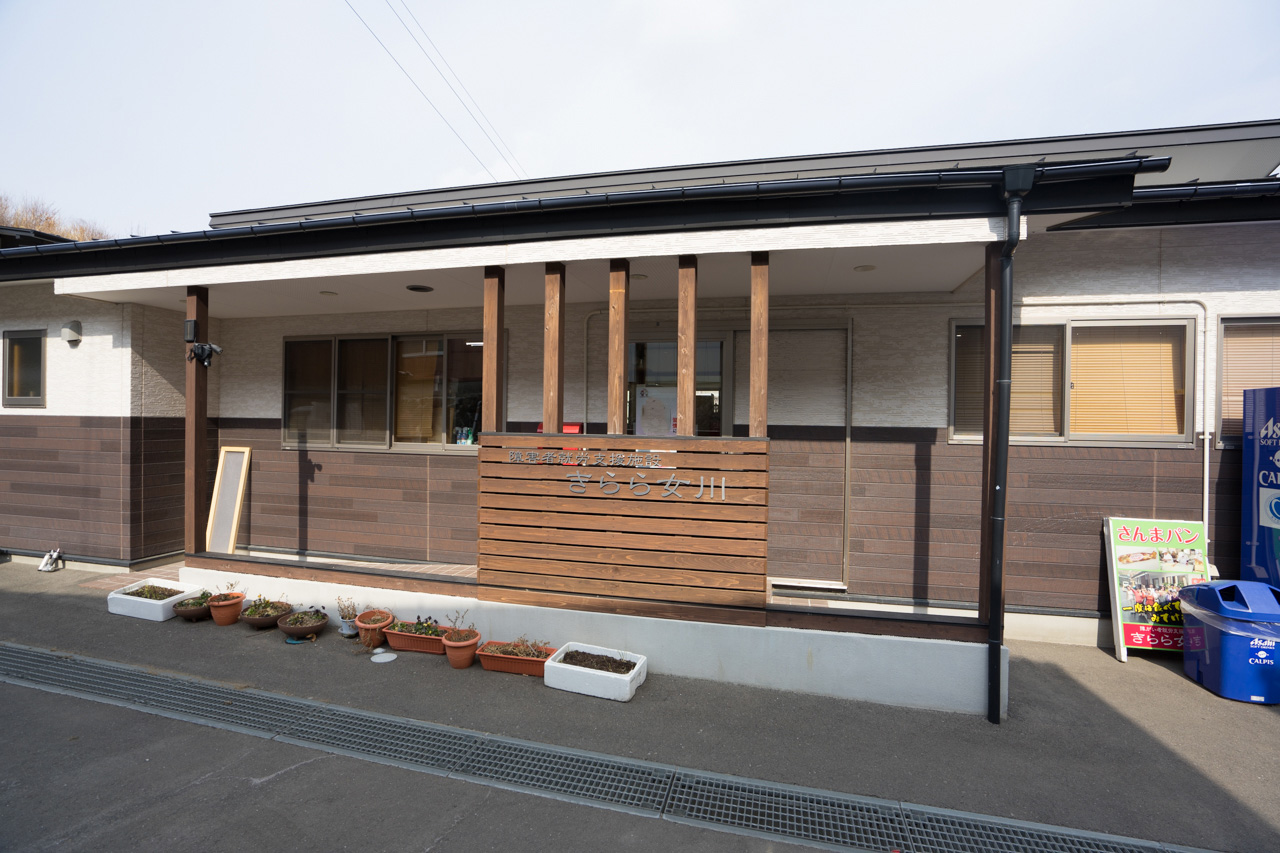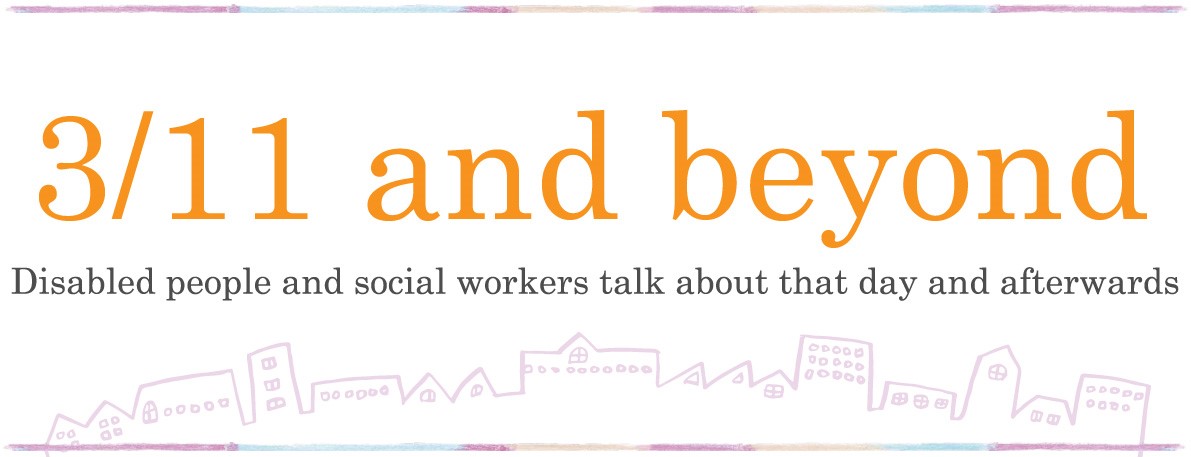
Hardship experienced for reopening

How many staff members do you currently have?
We are five including me. We also have three part timers for shop keeping, driving and serving meals. Two staff members quitted last year. Part timers are helping with the work for those positions but the work volume is quite big and it’s not easy to handle. Fulltime staff is putting extraordinary efforts to complete these tasks. What they do is really amazing. I really respect them.
With some new and nice buildings, it looks reconstruction work in this area has accomplished quite a lot. What were the things you felt most difficult along the way?
The hardest part was the day of the disaster itself. After that, there was no choice we had to push ourselves forward. The most impressive thing was the gap between the places that were affected by the disaster and those that weren’t. I came here from Tottori prefecture before the disaster to help establish a vocational support center for the disabled in the town of Onagawa. My plan was to stay for a year or two to start up and help the project run smoothly before going back to Tottori. There came that disaster.
It actually took two years to restart the workshop in Onagawa. I really did everything possible to bring it back. We would have lost our clients if we had just waited things to happen. We had to restart production lines and supply them to our clients as soon as possible. We couldn’t lose their order to bring our business back on track. However, there was no way we could start operating in Onagawa for some time because of the severity of damage caused by the disaster. I decided, therefore, to take advantage of my connections in Tottori and open a workshop there, and started supplying items in June 2011. I was honored to welcome people with disabilities who were willing to work with me in Tottori as well. Some people complained for the volume of work that they had not experienced before. I travelled between Onagawa and Tottori back and forth keeping in myself the reopening of the workshop in Onagawa as the goal. We didn’t even have a place to gather in Onagawa, so I met with the trainees once a month in a restaurant in shopping mall in the nearby city of Ishinomaki to update ourselves. Those people lost their houses, places to go, and jobs. I kept the phrase “we are busy in Tottori” in myself when I met with them. I felt very sorry that I had to make them wait, and told them I was trying thing little by little. As the time finally came for us to restart what we were initiating in Onagawa, I had to come here. People with disabilities and their families I was working with in Tottori asked me what would happen with them and asked me not to leave Tottori. That was when I felt a big gap between the areas affected by the disaster and the places that were not. I could only explain to them that people were still suffering from the damages caused by the disaster. Of course the workshop in Tottori is still going in parallel and a lot of people work there.



